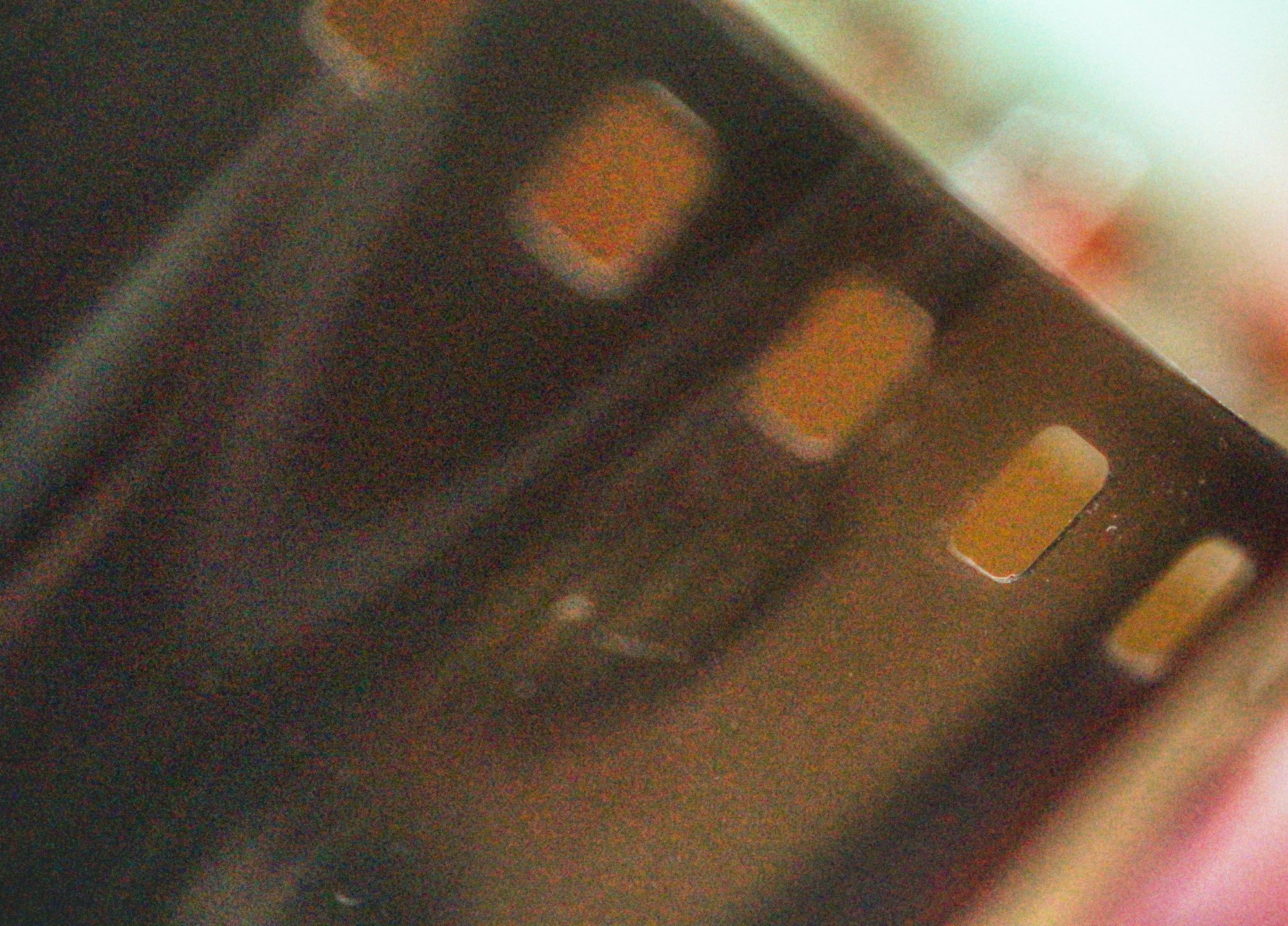The 2008 film “The Duchess” is a fascinating story about the real Duchess of Devonshire and her complicated relationships with multiple people. However, it appears the film is not entirely accurate — the storyline skims over key points in Georgiana’s life, chiefly her relationships with women. It doesn’t take an expert to understand that there are deep issues at play here — why do film producers (and historians) refuse to shine a spotlight on queer storylines and romances?
Queer erasure in film occurs when queer storylines and characters are entirely cut from a film, or not written into the script to begin with. For instance, the creators of “Black Panther,” released in 2018, made the decision to cut a scene between two female characters (played by Florence Kasumba and Danai Gurira) flirting, who were in a relationship in the comics. In an interview with Vulture, Kasumba explained, “If the makers would have wanted everyone to see the scene, it would have been in the movie.” This seems to be the heart of the issue — if producers wanted to include queer scenes, they would.
The film “The Duchess” is based on Amanda Foreman’s extensive biography on Georgiana Cavendish, Duchess of Devonshire. The biography, released in 1998 and based on the author’s doctoral thesis, was an international bestseller and reached No. 1 in the U.K. The film won both an Oscar and a BAFTA for best costume design. Both works follow Georgiana, from her noble birth into the Spencer family to her marriage to William Cavendish (the fifth Duke of Devonshire), and other controversial affairs.
Georgiana was said to be kind and generous and was very close with her mother (with whom she had a lengthy correspondence, much of which survives today). At the age of 17, Georgiana is married to the duke, making her the Duchess of Devonshire. But, as the film portrays well, the marriage quickly deteriorates: The duke is emotionally reserved, far more concerned with his dogs than his wife’s well-being and obsessed with producing a son to inherit his title.
In the midst of this incredibly disappointing marriage, Georgiana meets Lady Elizabeth Foster, commonly referred to as “Bess.” The two form a beautiful friendship at first, bonding over their horrific husbands and genuinely enjoying each other’s company. This could have been the turning point for an incredible queer story depicting their relationship. Instead, “The Duchess” continues down a very different path.
Escaping from her abusive husband, Bess begins living with the Duke and Duchess of Devonshire. The three of them live together for 25 years. There is one scene in “The Duchess” where Georgiana and Bess share an intimate moment — but even this is framed in relation to men, with Bess “pretending” to be another man who she believes Georgiana is attracted to. The scene is quickly glossed over, and the film moves along, leaving the viewer to wonder why. There are plenty of sexual scenes between Georgiana and the Duke (including one that was downright non-consensual). Then, when Bess and the Duke begin a relationship, the audience is primed to dislike Bess and disregard the relationship between her and Georgiana. Many historical records describe Bess as strategizing to take Georgiana’s place (“the other woman”) and pay no attention to their relationship in its own right.
It was common in this time for a wife, after bearing an heir to her husband, to have extramarital affairs. Accordingly, Georgiana begins a relationship with a politician named Charles Grey. Georgiana and Charles Grey’s relationship (and later, their illegitimate child together) then becomes the focal point of the movie, along with Georgiana’s active political and social life, which was incredibly taboo for a woman at the time.
“The Duchess” is a beautifully shot film, playing on emotion and empathy excellently. I distinctly remember crying when I first watched it, settled in on my couch with a bowl of ice cream. But the movie left a funny taste in my mouth — it felt like major parts, mostly Georgiana’s relationship with Bess, had been left out or skimmed over. The word “queerbaiting” sprang to mind. As the ending credits rolled, I pulled up the “Georgiana Cavendish, Duchess of Devonshire” Wikipedia page, and quickly discovered a wealth of information that the film chose to omit.
The page calls Georgiana and Bess “close friends” — but historians have a tendency to label queer romantic relationships as “friendship.” As I read on, I learned that Georgiana held a particular and open affection toward Bess, writing to her in a letter, “My dear Bess, do you hear the voice of my heart crying to you? Do you feel what it is for me to be separated from you?”
It appears these affections were returned: When Georgiana died, Bess wrote that her “friend” was “the constant charm of my life. She doubled every joy, lessened every grief. Her society had an attraction I never met with in any other being. Her love for me was really ‘passing the love of woman.’” Amanda Foreman explained in her book that in 1824, Lady Elizabeth Foster died with locks of Georgiana’s hair found inside both a locket around her neck and a bracelet that also contained the duchess’s hair on her bedside table. While we can only speculate, these do not sound like purely platonic behaviors to me.
Because of a patriarchal society and heteronormativity, relationships between women are historically not well documented. Women who had sexual relationships with other women in medieval Europe were often imprisoned or executed. Therefore, these relationships are often characterized by historians as merely friendly, despite the clear depth of affection. Maybe, in the end, Bess did take advantage of the duchess and her position, but from their tender letters, deep mourning and living together for a quarter-century, I believe that there might be more to the story.
We will never know for certain the exact dynamic of Georgiana Cavendish and Elizabeth Foster’s relationship, but what is clear is that there was something — romantic, platonic, polyamorous, or otherwise. History persistently fails to recognize queerness. The film, in attempting to adhere to the available material, also fails to recognize this. But queer people have always existed, and will always exist, despite historical erasure. If “The Duchess” teaches us anything, it is to sincerely hope for better representation in the future.















